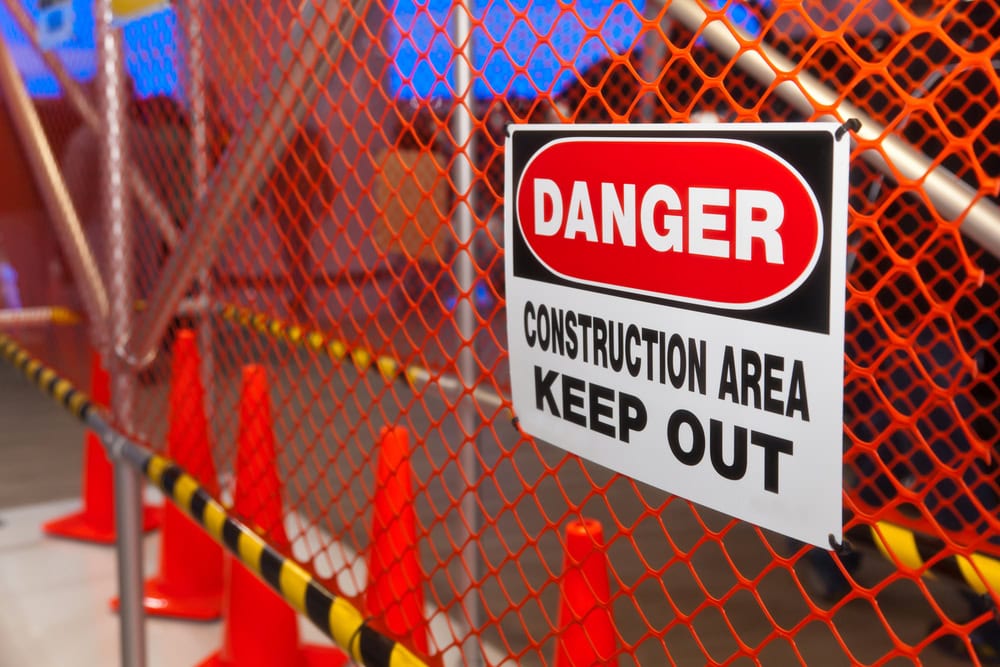Do You Need a Contractor License to Pour Concrete in California?
Whether you’re a homeowner aiming to pour a little sidewalk for your front yard, or a journeyman or apprentice concrete pourer thinking of striking out on your own, making sure your concrete project is legal and safe should be the number one priority on your checklist. Before you even think about pouring a single drop … Read more









